
To Laura, my daughter, with deepest love, constant admiration and unending gratitude for enriching my life and teaching me so much about parenting.
Tragically, in 1996, Laura was killed in a car accident at the age of 19. In her memory, Gael and her family set up a foundation (The Laura Lindenfield Foundation) to help young people find and follow an achievable life-dream.
Have you ever found yourself feeling jealous of a pheasant? I did, just a few months ago. I was visiting our local zoo, which specializes in breeding and taking care of endangered species, and I came across a beautiful rare pheasant. When I read the note on her cage, I felt a surge of envy. It seems that this lucky bird was currently being given a chance to practise her parenting skills by temporarily caring for a number of surrogate chicks. I turned to my husband and said, Its not fair all my practice had to take place on Susie and Laura!
This book is an attempt to provide a more considered, adult response to my concerns about the dangers of not good-enough parenting. For many years I have been surrounded by evidence that has convinced me that, in this fast-changing, complex, competitive jungle of a world there is another endangered species the confident parent! I wonder if you have ever met one: I am talking about a relaxed, guilt-free creature who seems naturally and effortlessly to be able to produce a complete breed of equally happy, confident and competent children. Like me, you are probably much more familiar with the kind of parents who spend a considerable amount of time worrying about whether they are getting it right, or feeling guilty because they know that they are often getting it wrong!
Is the problem that we now know too much? Should we simply burn those child psychology books and parenting magazines which have raised our expectations of good-enough parenting to seemingly impossible heights?
I dont think so, because even though the image of the carefree cave-parent is sometimes very tempting, I cannot believe that either children or parents would have much to gain from turning the clock back. As you have chosen to read this book, I am assuming that you also believe that we now have a responsibility to use the knowledge and wisdom our culture has given us to develop and improve the emotional well-being of our children.
The suggestions and strategies in this book are offered as constructive alternatives to the paralysing anxiety and self-reproach which often seem to attack us when, in spite of our loving efforts, our children behave in a way which could indicate that their confidence is at a low ebb. For example, if we find that they are showing signs of:
clinging on too long to babyish habits such as thumb-sucking or bed-wetting
under-achieving at school because they are too timid to ask for help or they feel lonely
getting over-concerned with their work and requiring it to be too perfect
becoming reluctant to venture from the safety of their home or town
being frustratingly unable to make up their mind or give an opinion
becoming immobilized with anxiety, fears, phobias or obsessions
waking each night with frightening nightmares
behaving shyly or inappropriately at social occasions
becoming over-sensitive to criticism or teasing
developing physical symptoms of stress such as headaches, nausea, or skin rashes
showing off or bullying
becoming persistently jealous or envious of others
rejecting compliments and giving themselves put-downs
losing their appetite or compulsively bingeing
In spite of being super-conscious of the vast numbers of parents who are crying out for help and guidance to help them tackle (or, indeed, prevent) such common problems, I had some initial misgivings about writing this book. First, you may be comforted to know that I was all too aware of my own mistakes as a mother. Secondly, I was working against a deeply held sense of mistrust in parenting bibles, which I believed could inhibit parents from using their natural nurturing intuition. After some reflection, I came to the conclusion that in an ideal world pheasants would not need parenting practice and humans might not need books such as this, but in the meantime there was very little excuse for not sharing my own personal and professional insights.
Who is this book for?
I have written this self-help programme for any thoughtful parents who are keen to build their childrens confidence. Although it contains many tips and guidelines, it has never been my intention that any of the material in this book should be used by robots looking for categorical operating instructions!
I anticipate that this book may also make interesting reading for many people who are in loco parentis (such as partners of parents, grandparents, child-minders, teachers and youth workers); it could also be used as a resource for professionals who are engaged in teaching parenting skills.
Finally, much of the material in the last half of this book (e.g. guidelines on successful communication and assertiveness) may also be of direct interest to older children.
What this book offers
 An explanation of the nature of confidence and how its particular components and strengths can help children become not only happier, but more able to make full use of their personal potential.
An explanation of the nature of confidence and how its particular components and strengths can help children become not only happier, but more able to make full use of their personal potential.
 An insight into the kind of qualities in parents, their families and their homes which have been found to affect the development of childrens confidence.
An insight into the kind of qualities in parents, their families and their homes which have been found to affect the development of childrens confidence.
 Guidelines on what actions parents can take and what language they should use, if they wish to build or boost their childrens confidence.
Guidelines on what actions parents can take and what language they should use, if they wish to build or boost their childrens confidence.
 Instructions on how to teach children useful social skills such as communication, assertiveness and the management of their feelings.
Instructions on how to teach children useful social skills such as communication, assertiveness and the management of their feelings.
 Simple strategies to use (and teach children to use) for dealing with problems and conflicts in a positive manner.
Simple strategies to use (and teach children to use) for dealing with problems and conflicts in a positive manner.
 Tips on how to help children make transitions from home to the outside world successfully.
Tips on how to help children make transitions from home to the outside world successfully.
 A programme of exercises which can be used by parents (working on their own or in small groups) to reinforce what they have learned from this book and to encourage them to translate its suggestions into appropriate action.
A programme of exercises which can be used by parents (working on their own or in small groups) to reinforce what they have learned from this book and to encourage them to translate its suggestions into appropriate action.
How to use this book
As I have already indicated, this book is designed as an ongoing self-help programme. You will probably gain most benefit from first reading it through relatively quickly and then returning to it for a second reading at a slower pace, giving yourself time to do the exercises and to try out the guidelines and suggestions.
If you are in partnership with a co-parent, ideally it would be best if you were to work even more slowly through the book together. Rarely do two people ever fully agree on parenting issues and, to some degree, this is a fact of life (albeit an uncomfortable one) which both children and parents must learn to accept and respect. But working jointly on this programme will at least give you a chance to discuss, argue and, hopefully, agree on some basic joint strategies and approaches.
Next page
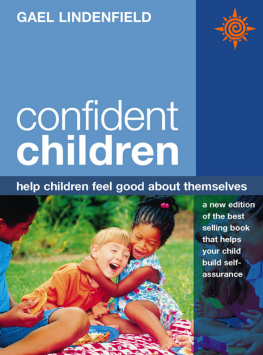
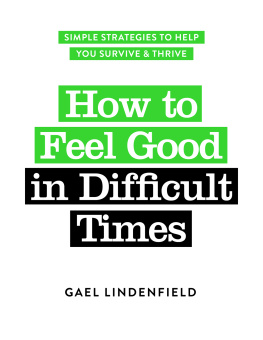
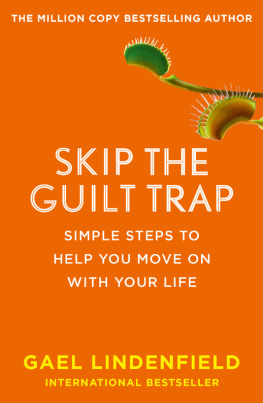
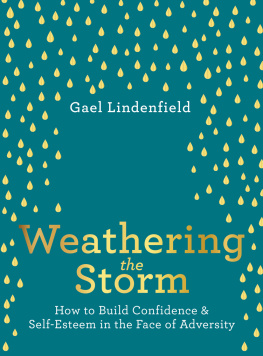
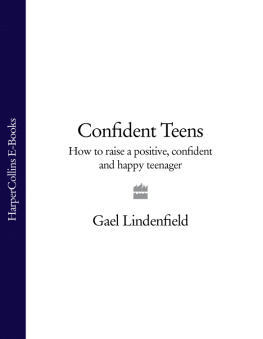
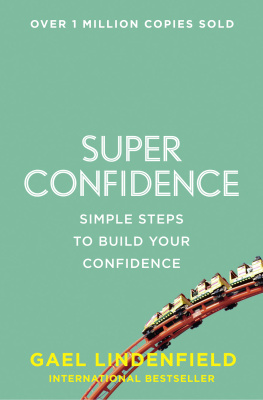


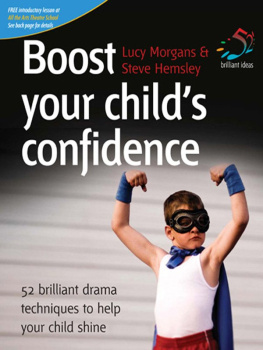

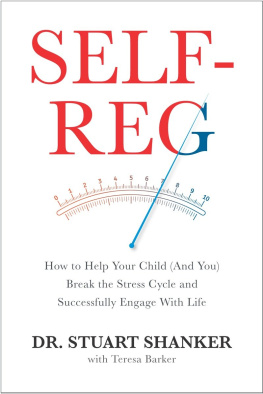
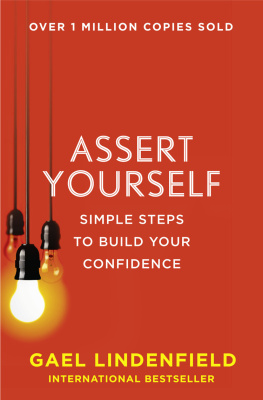

 An explanation of the nature of confidence and how its particular components and strengths can help children become not only happier, but more able to make full use of their personal potential.
An explanation of the nature of confidence and how its particular components and strengths can help children become not only happier, but more able to make full use of their personal potential.